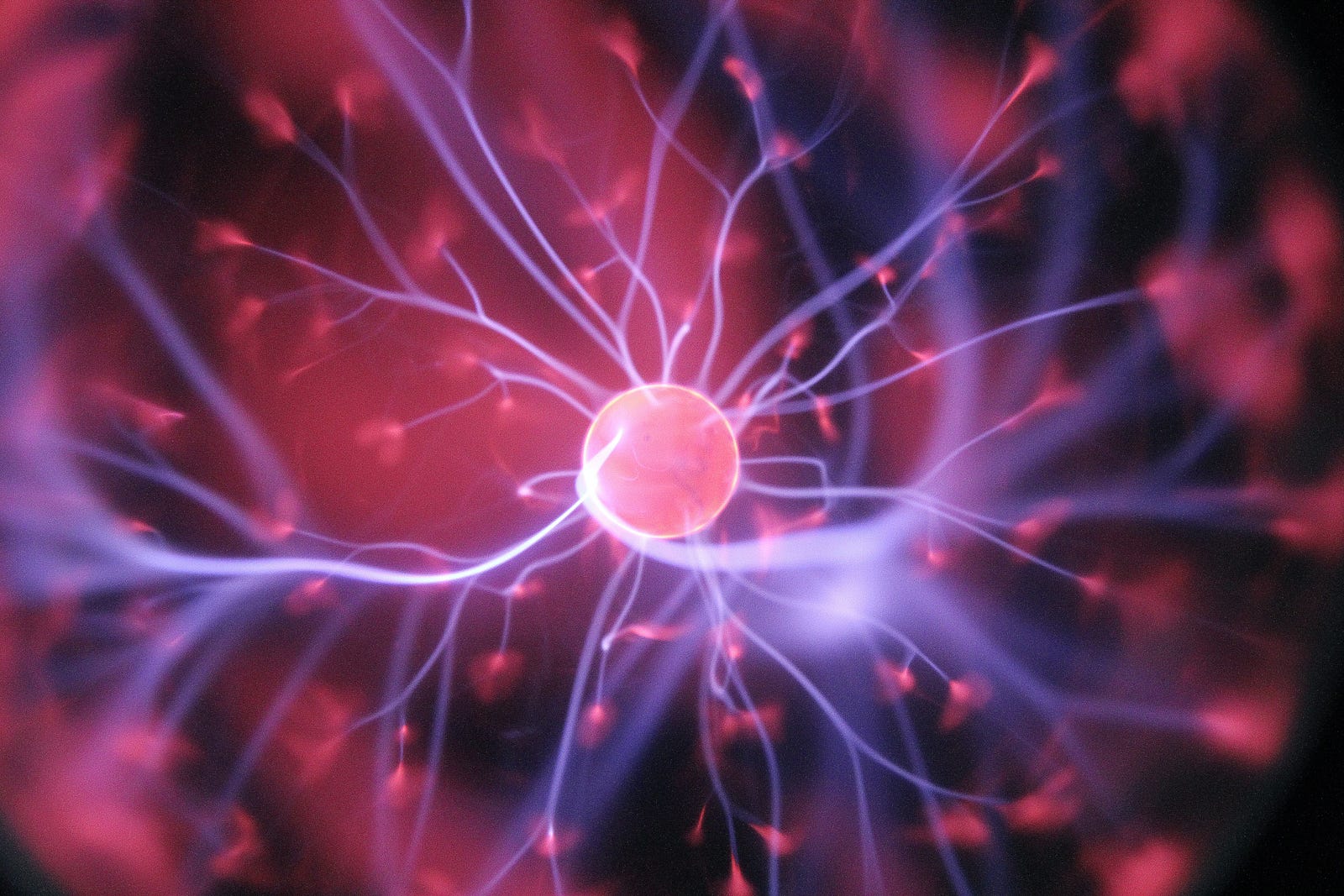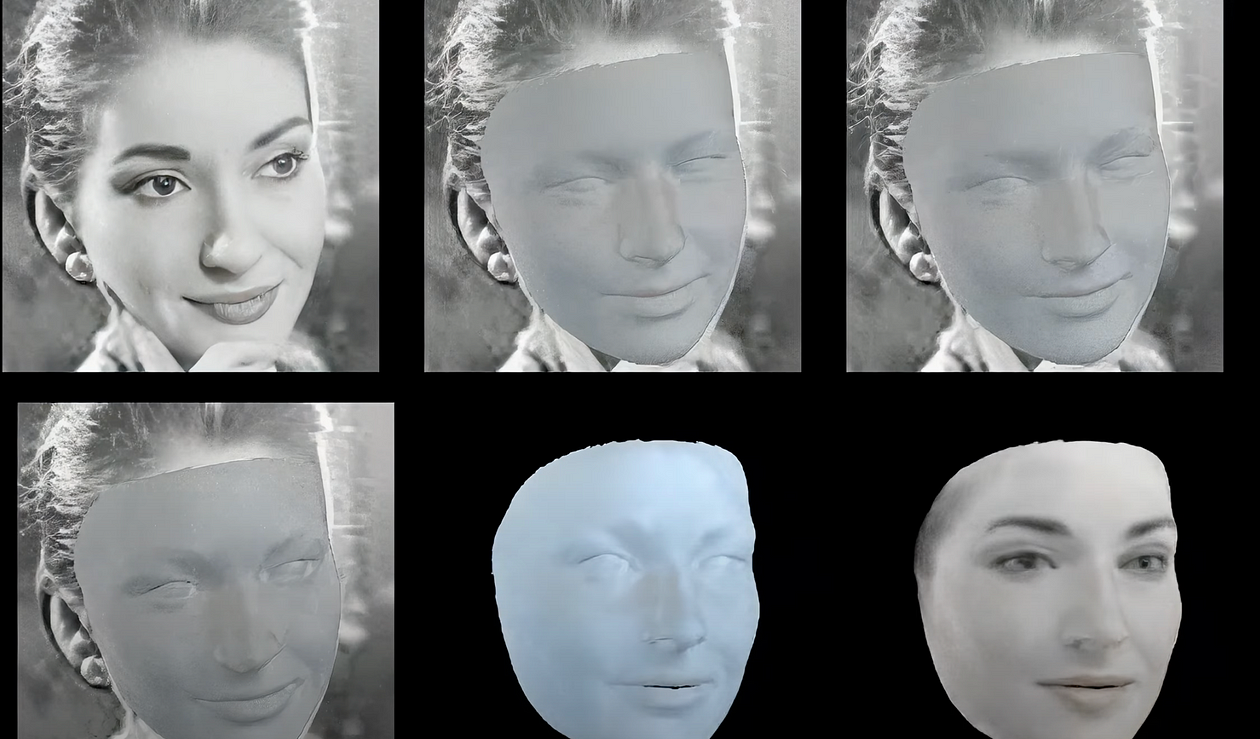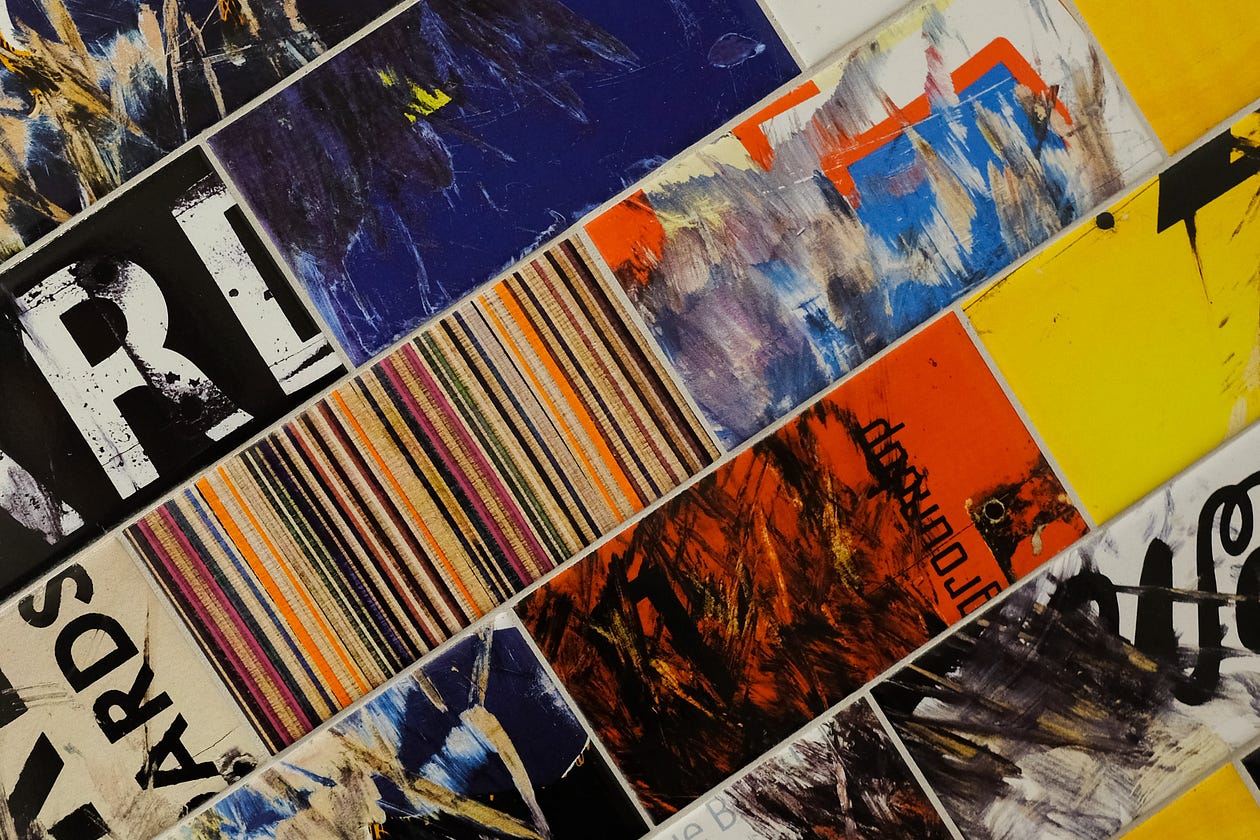A free artificial intelligence tool that can repair old photographs in seconds

Remember those old faded and cracked photographs that your parents and grandparents occasionally brought out of boxes to share stories of family past? You stared at the younger version of your grandmother or the dead uncles and aunts that you never met, some with their faces blurred out by inferior technology or with chemicals and paper erased by the ravishes of time.
For photographers like me, Photoshop could digitally repair and replicate missing information but it could take time and if the photograph was badly damaged then copying pixels could lose detail. To address these annoying problems, a newly-released artificial intelligence model called the Generative Facial Prior-Generative Adversarial Network (GFP-GAN) repairs old photographs in mere seconds, including low resolution. The name doesn’t exactly roll off the tongue and may need a bit of tweaking for commercial purposes by the Chinese tech company Tencent developers.
How does it work?
GFP-GAN restores old photos and removes cracks and marks by replacing the missing pixels with what the AI guesses should be there and cleans up the image to give it a contemporary feel. The AI sharpens and highlights facial features such as eyes, nose, and mouth, resulting in eyes that pop out, giving new life to family in old photographs. It combines data from two AI models and fills in missing information from old photographs. It compares the real image to the restored image to see if it is the same person in the generated photo. The GFP-GAN model is free to use but as its Tencent researchers acknowledge, it is still limited to current AI technology but accurate nonetheless. With poor quality low resolution images, the AI has to guess what information is missing and it may not always be an accurate representation of your distant relatives. Previous models measured the difference between artificial and real photographs which led to substandard results. The new version uses a pre-trained version of an existing model and aims to preserve the identity of people in photos.
Putting GFP-GAN to the test.

This is my grandmother who died in 1940 and is one of three photographs that my mother owns. In the photo above, she is leaning out the window of her Liverpool home. The restored image is remarkable because I am seeing her face for the first time. Her sparkling eyes pop out of the picture and her smile is as warm as my mother’s smile.

The image above is of my mother and my grandmother. Like the image of the window, the original photographs are low-quality snaps rather than high-quality studio portraits. It’s a sunny day and they pose directly in the sun. Unfortunately, a lot of the detail is missing in the white glare. But I am mesmerized by my mother staring back at me and I can make out a sun umbrella in the top right corner of the photo.
Although the GFP-GAN model produces still photographs, the result was a more accurate representation of the people in the photograph. My Heritage’s DeepNostalgia failed to produce animated images that looked anything like my parents and I haven’t gotten over the repulsive, insensitive, distasteful, and massively misjudged animated mug shots of two of the most infamous portraits in the world in Channel 4’s Moors Murders.Although, I am still essentially a fan of My Heritage’s AI tools.
GFP-GAN is a promising tool to use to salvage old family photographs and to meet perhaps for the first time, a real representation of a familiar face from the past. You can try it out for yourself in BETA here.
Ginger Liu is the founder of Ginger Media & Entertainment, a Ph.D. practice research student in photography and artificial intelligence, and an author, writer, artist, and filmmaker.







